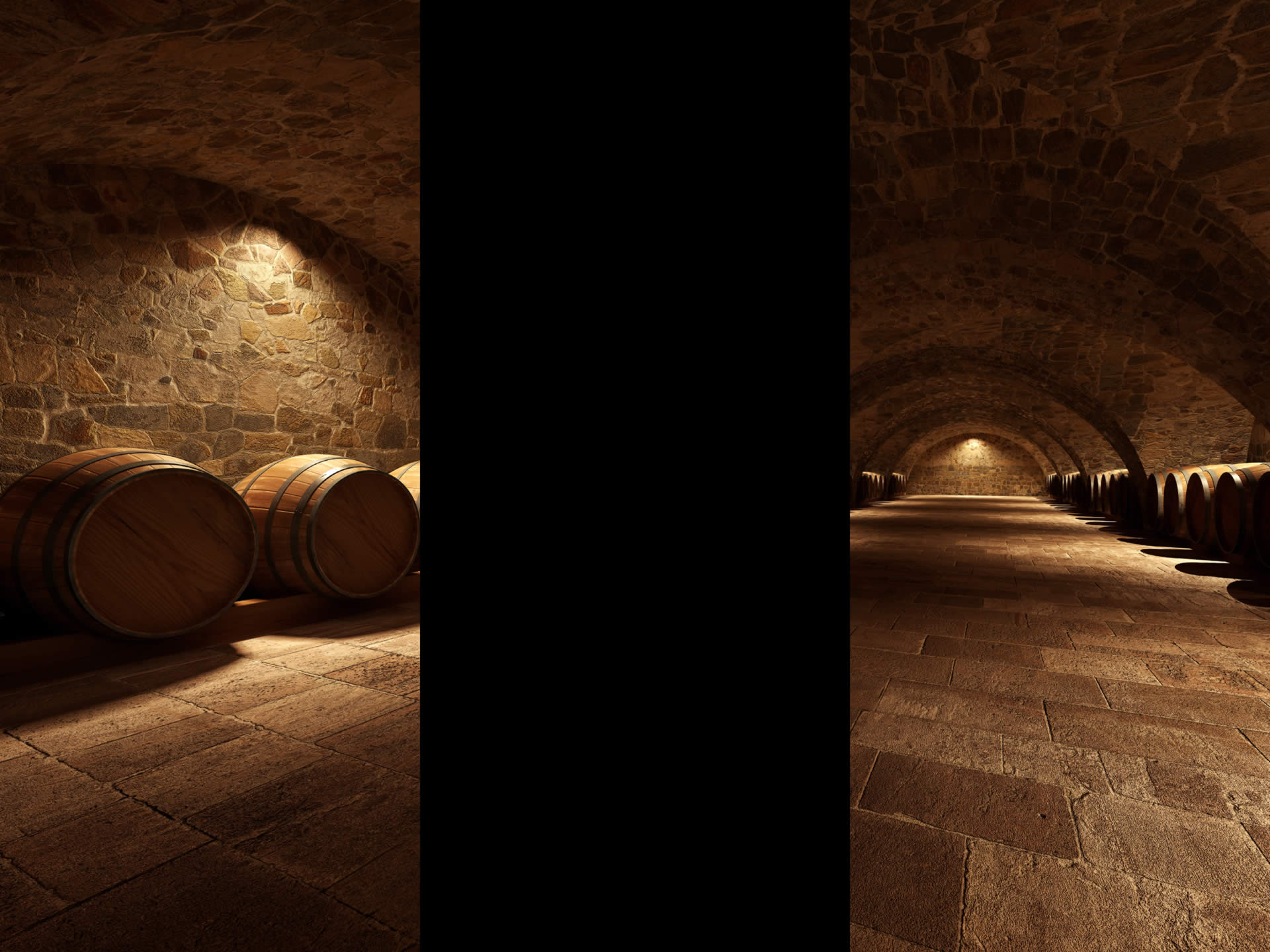

The past 25 years, Italian wine and wine production have undergone one of the most radical and profound changes in the history of wine. In the 1960s, Italian wine most known for being a rather shallow in nature although sometimes rustic taste, and they saw only mass-produced wines like Valpolicella, Soave, Frascati and - above all - too light Chianti - often bastflaske. With know mine, and nose well down in the winding glass, we called the Danes for "Sjanti".
Not without reason was Italian wine subjected to harsh criticism from wine connoisseurs and specialists, and no expert with respect for their own reputation and the reputation dream of equating boot country's wine with great wines from Bordeaux, Burgundy or Champagne. But much has happened since then.
The bast bottle at museum
From an almost antiquated state of the technique in Italy developed a rapid pace and is now almost super avant-garde with more wine and grape varieties than any other country in the world.
A new generation of forward-thinking manufacturers now dominate the picture, and it is no longer a foregone conclusion that his son takes over father's life's work. Now summons to oenological consultants as advisers in wine production, and these consultants have today almost stardom in Italy.
In other words the bast bottle was sent to a museum, bortgemte grape varieties emerged from oblivion and more and more winemakers focus on innovation and quality.
From the Alps to the desert
It goes without saying that in a country which stretches from the Alps in the north, for example. Trentino Alto-Adige, and south to Sicily close to the coast of North Africa, there is a huge variety of climatic and soil conditions, and in several regions, the so-called 'micro-climate' to create great variation even within a few square kilometers.
These conditions give back further variability of grapes, winemaking traditions and types of wine, and precisely in these areas separating Italy from the rest of the wine world as a country with a huge variation. The country is a goldmine of local grape varieties, some of which are well known, while others are only just emerged from centuries of oblivion.
Of the country about a thousand grape varieties are about a third now EU-approved and union obviously want to eliminate the rest, but they can slipseklædte technocrats in Brussels forget. Italy's local wine growers continue to produce wine, as they have done for generations - Basta ... and 'grazie' we say.
New wine laws, oversight and quality
Are you familiar with French wines, the Italian wine country cupboard occur completely unmanageable - and that was it perhaps once - but 13 January 1992, Italy's new Wine Law adopted after 10 years of intense, Latin quarrel among experts and politicians.
A fact was, however, that there was now created a kind of grand cru system as we know it from France. Mark and grapes were recorded, tough scrutiny was introduced and taste commissions decreased.
Control in itself is of course no guarantee of quality, but it can encourage the individual wine grower to tighten up and get better results, and that is exactly what has happened since the revised Law on wine in 1992.
Italian wine, in other words on the road and in a steadily rising curve. Quality, innovation, change and innovation are the key in today's wine production.
It is our hope that you can use Italian Vinguide as your source for exploration of the boot country's wines or simply as inspiration for summer vacation wine experiences.
That Italy in 2011 was the worlds largest wine producer?